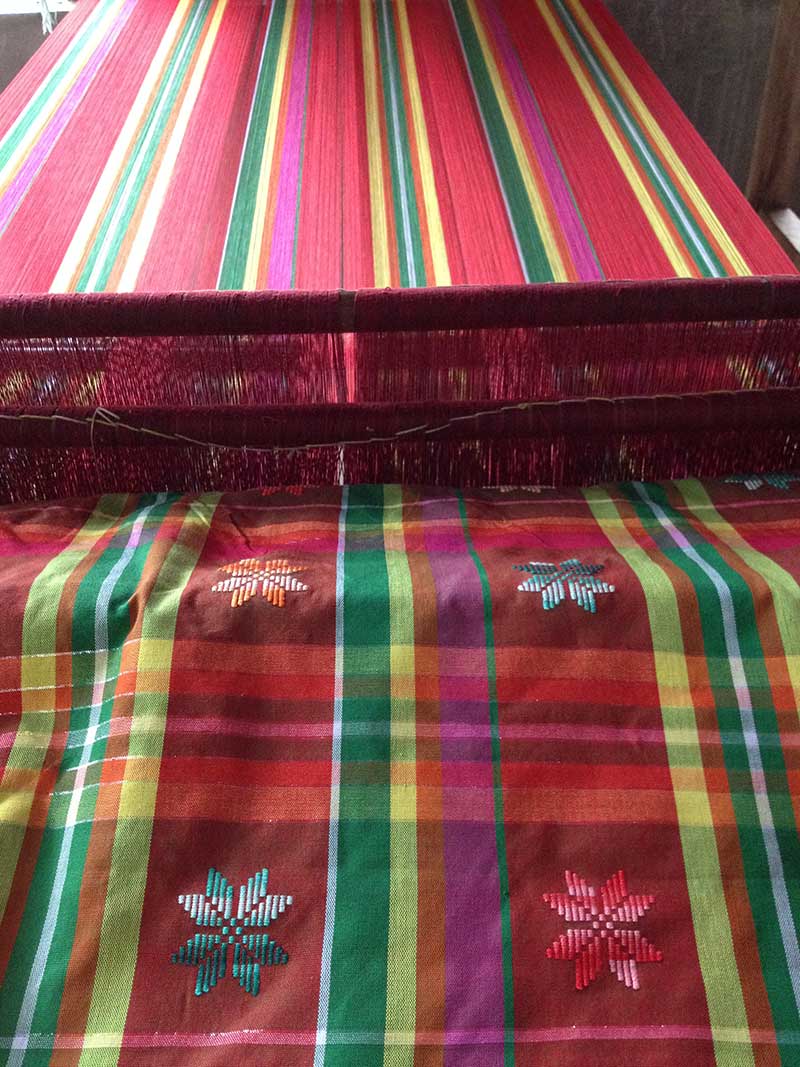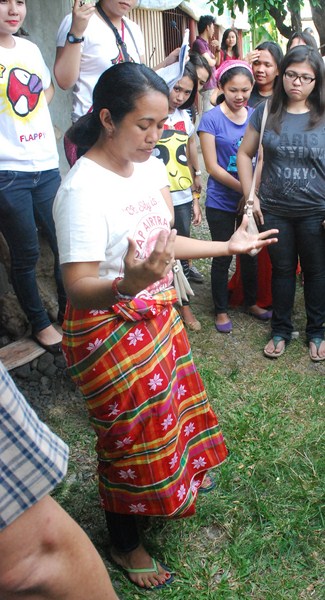100 uses of the malong:
Filipino Cloth and Textile Culture
Speaking of malong, most times Filipinos and others 'assume' that traditional colonial clothing is strictly derived from Iberian style clothing. I'm not going into details about it but one of the very 'visible' and obvious native aspect is the patadyong (originally a Visayan term, also used for those used in Luzon). Patadyong = malong (= sarong elsewhere) used in Filipiniana dresses, often the casual style (kimona + patadyong) or semi formal (Balintawak style, shirt + blouse + wrapped around patadyong) often seen as 'peasant' or provincial style.
Kimona (lace top) + patadyong (the kerchief on the side is a shawl like breast cloth traditional in SEAsia, also reminiscent when like the malong still today, when women's clothing were larger pieces of cloths that wrapped like togas)
[IMG] 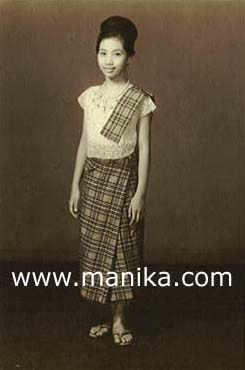 [/IMG]
[/IMG]
Balintawak style (three piece, with the patadyong wrapping above the blouse)
[IMG] 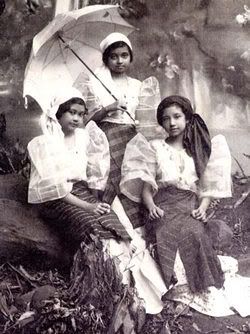 [/IMG]
[/IMG]
[IMG]  ?size=67&uid=9c445dd3-4d15-4a57-927b-5b88932b157d[/IMG]
?size=67&uid=9c445dd3-4d15-4a57-927b-5b88932b157d[/IMG]
Hablon (the weaving style used to make patadyong) looms
[IMG] 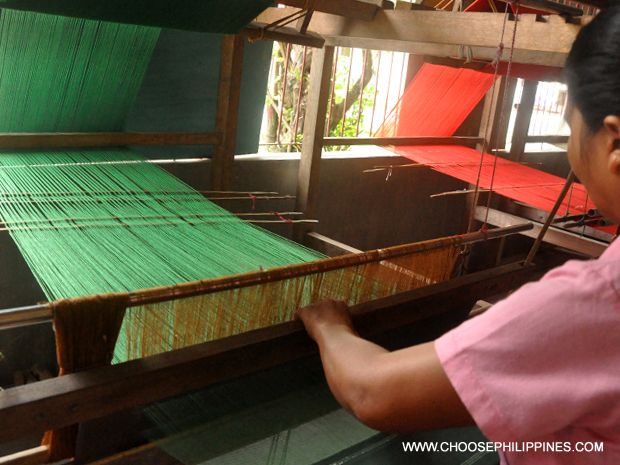 [/IMG]
[/IMG]
I think the fibers are still from abaca (albeit majority of those made in the Philippines are modern textile)
[IMG] 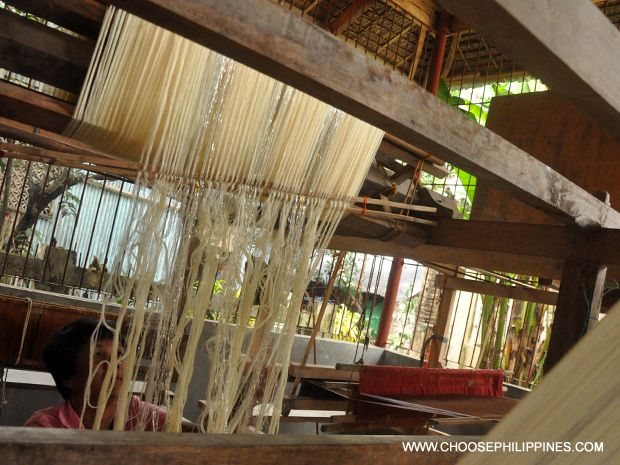 [/IMG]
[/IMG]
Late 19th-early 20th c. weavers
[IMG]  ?405[/IMG]
?405[/IMG]
How it's done today
[IMG]  [/IMG]
[/IMG]
Hablon weavers (majority of remaining traditional weavers are, like the Pina in Capiz, are in Panay, this case Antique)
Banton Burial Cloth
Burial cloth found in Guyangan cave complex in Banton, Romblon used to wrap a remain (the remains were interred in hollowed log coffins, before being dressed in fineries---just like in Spanish accounts of Chirino etc.) Oldest surviving archaeological linen artifact in SEAsia, dated to 400 years old (early and or just prior/or just after Spanish contact). Shows native Visayan/regional traditional cloth-making style.
[IMG] [/IMG]
The design and technique (ikat) is similar to the t'nalak design (two posts above).
-
Filipino inventions & influence around the world.
2 years ago
-
Filipino Traditional Games vs. Modernity
3 years ago
-
Traditional Filipino Instruments/Music
3 years ago
-
Filipino Food
3 years ago
-
Ancient Filipino Astronomy
3 years ago

